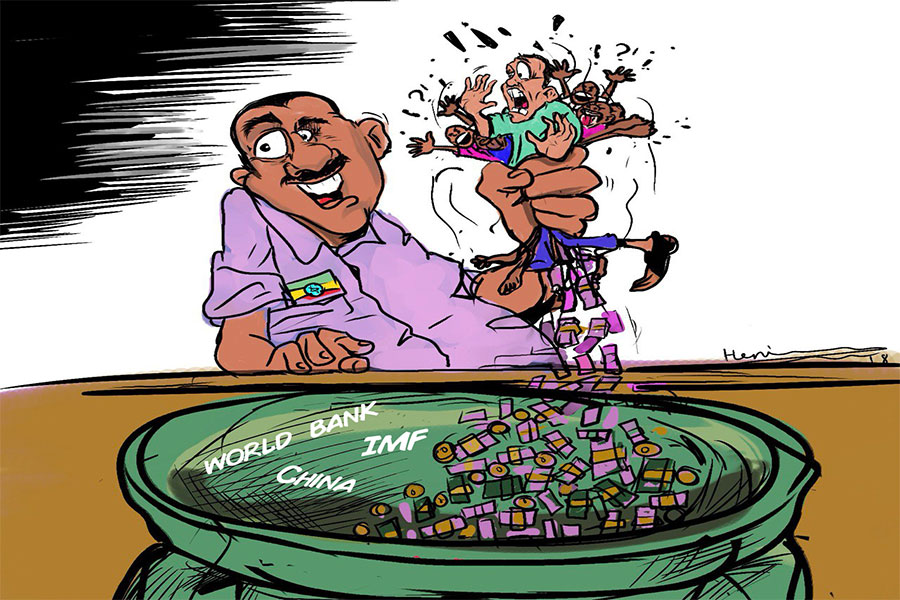
Photo Gallery | 180326 Views | May 06,2019
Nov 2 , 2025.

Photo Gallery | 180326 Views | May 06,2019

Photo Gallery | 170523 Views | Apr 26,2019

Photo Gallery | 161557 Views | Oct 06,2021

My Opinion | 137274 Views | Aug 14,2021

Nov 1 , 2025
The National Bank of Ethiopia (NBE) issued a statement two weeks ago that appeared to...

Oct 25 , 2025
The regulatory machinery is on overdrive. In only two years, no fewer than 35 new pro...

Oct 18 , 2025
The political establishment, notably the ruling party and its top brass, has become p...

Oct 11 , 2025
Ladislas Farago, a roving Associated Press (AP) correspondent, arrived in Ethiopia in...